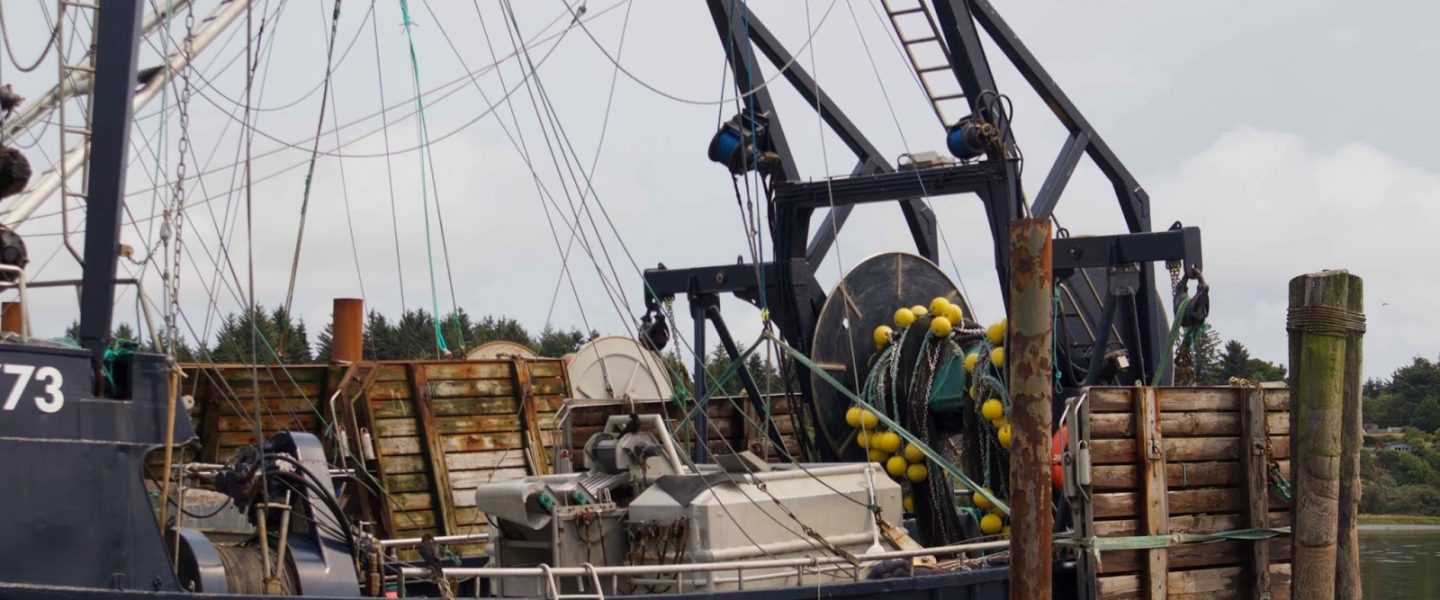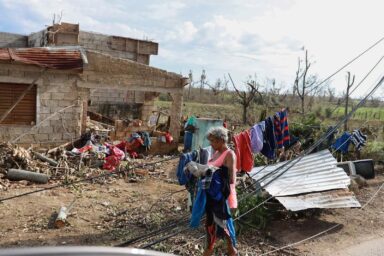According to the UN’s Food and Agriculture Organization, an estimated three billion people worldwide rely on seafood as a source of protein. And yet, despite allegedly improved fisheries management in certain countries, overfishing ranks as one of the most serious threats to our oceans.
WhoWhatWhy is partnering with Global Geneva, where this story by Coty Perry was originally published, to help expand access to content that will benefit a broader global readership.
If you turn on the world news you may hear about plastic waste killing sea mammals, melting glaciers, and illegal dumping. One thing the media covers ever so lightly, however, is the realm of overfishing and bycatch. Since bycatch — when non-targeted species are also caught in fishing nets due to negligent and irresponsible practices — is the leading cause of death in 300,000 whales and dolphins each year, you think you’d hear more about it. This doesn’t even factor in additional deaths to turtles, seals, and other aquatic animals that would survive otherwise.
Overfishing might seem like a natural response to the market’s need for more fish, but it doesn’t simply mean that we’re catching too many fish. The real issue is that countries all over the world are using illegal fishing practices to harvest more fish than regulations allow.
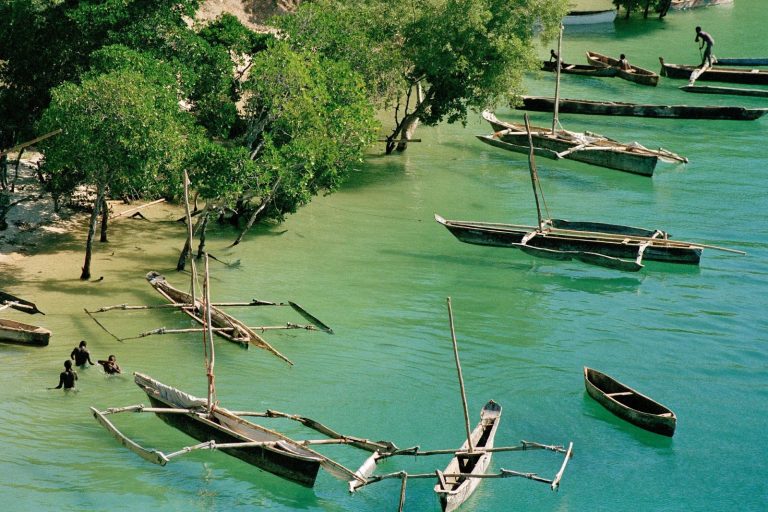
How Do They Get Away With It?
For starters, regulations are difficult to enforce. For countries like the United States, Canada, and most of Europe, independent commercial fishing companies can fish as hard as they want because the agencies in charge of protecting the waters don’t have the resources necessary to stop them. Another contributing factor is that some countries simply don’t care. According to the Pew Foundation, China is a primary offender and is a member of the “Pacific 6” — a list of six nations, including the United States, Japan, South Korea, Indonesia, and Taiwan, that were responsible for 80 percent of the annual global harvest of bigeye tuna.
So, what’s fueling these illegal fishing operations? How are commercial fishing companies able to fish with such volume when most are privately owned and funded?
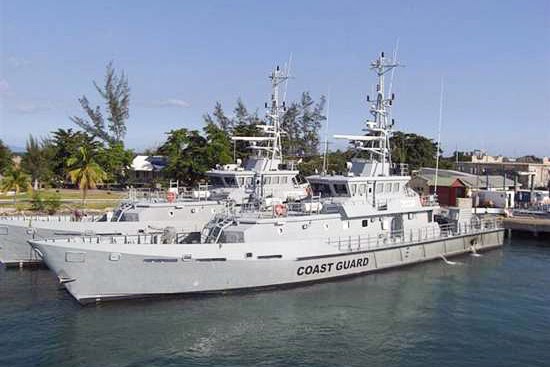
Subsidy: The Magic Word
Massive government subsidies are what drive overfishing to a new level. Governments worldwide pump more than $35 billion into the commercial fishing industry every year. This equals 20 percent of the total value of fish caught globally in one year. The goal of these subsidies is to reduce the cost of fishing and operation of vessels in exchange for supporting the market’s need for more fish.
Unfortunately, what this does is to give megaships and the largest companies a huge advantage over smaller fishing operations, in areas such as the coasts of Oregon and Maine and the coastal areas of Africa and Asia. These subsidies only go to the big guys, leaving the little fishing communities behind. What were once communities able to survive and even thrive on their fishing commerce now cannot keep up because the large commercial operations have such low overheads and can catch so many fish at scale. The small boats cannot sell the same fish at the low prices offered by the companies.
The end result is not only a depleted local economy, but also an increase in unsustainable practices further depleting fish populations. Over 60 percent of the world’s fish stocks are fully fished and may now be at the point of no return.
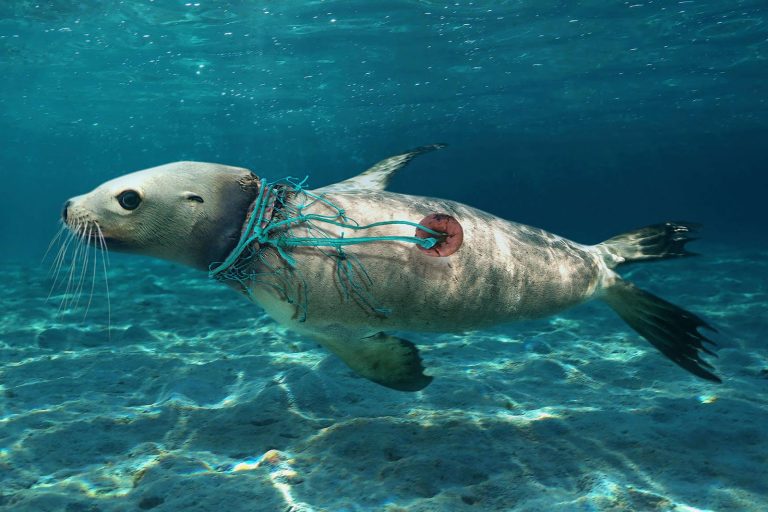
The Impact of Bycatch
Another significant hazard of overfishing is bycatch. Trawling is the biggest culprit. Large vessels use giant nets that span for miles, dragging through the water to scoop up everything along the way. Believe it or not, this is totally legal (with a few caveats).
Only four states in the United States have made trawling illegal, and then only within a specific mile radius. Outside of that, commercial fishermen are free to do as they please. The UK, having recently left the European Union — which has regulations to manage stocks — is in the process of trying to ban trawling in two of its most precious fishing locations, Dogger Bank and South Dorset.
You can imagine that as these nets crawl across the ocean floor, extending all the way to the surface, they not only tear up the ocean but also catch anything that gets in the way. This includes turtles, seals, whales, dolphins, sharks, and endangered fish. Unfortunately, as much as 22 percent of the fish caught from bycatch will die even if thrown back. Most are dead long before that.
What Is Overfishing?
Ninety percent of the people involved in harvesting the sea’s living resources are small-scale fishermen, notably those using small nets or even rods. Recreational fishermen, however, are hardly guilty of “overfishing.” The responsibility falls on commercial fishermen with their massive nets rather than the angler who enjoys a little peace and quiet on the weekends.
But today most people consume approximately twice as much fish as they did 50 years ago, and there are four times as many people on earth compared to the 1960s. This represents a significant driver of the 30 percent of commercially fished waters which are today classified as “overfished.”
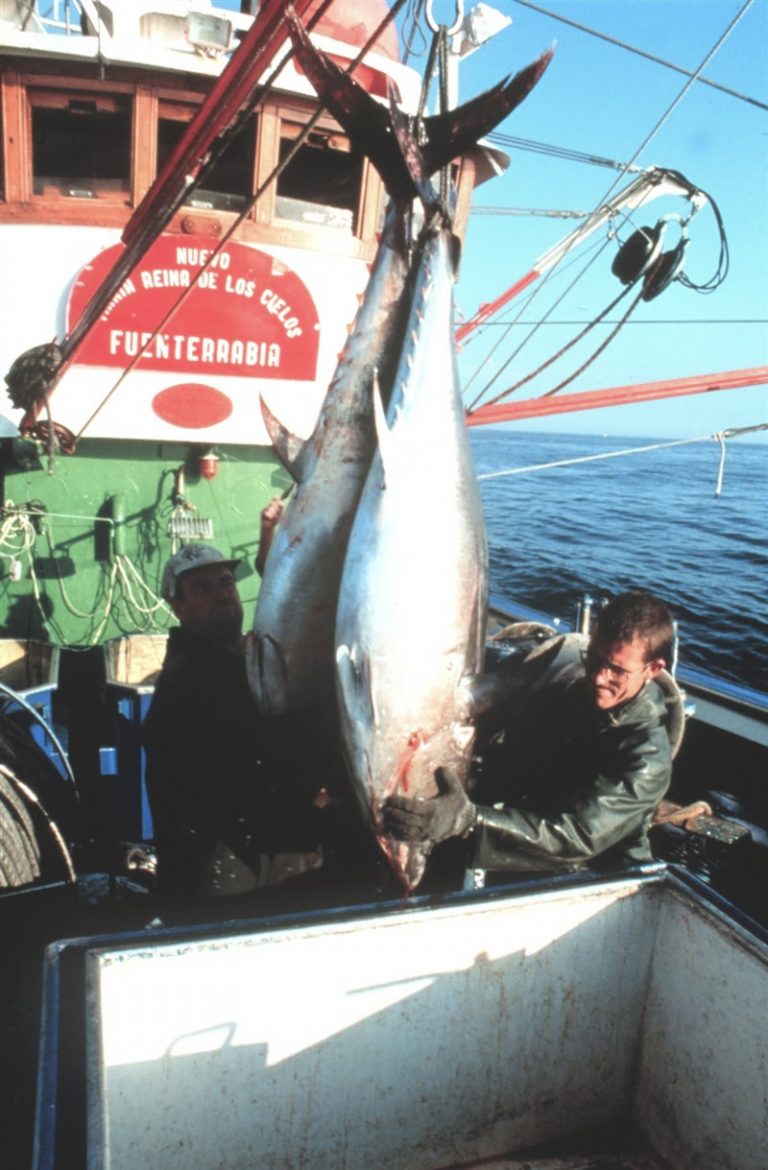
Overfishing Doesn’t Just Affect Fish Stocks
When there are fewer fish, less algae is consumed. This increases the acidity in the world’s oceans. This negatively impacts not only the remaining fish but also the reefs and plankton. Overfishing can also destroy communities that once relied on fish, particularly islanders. There are many isolated points on the globe where fishing isn’t just the main economic driver but also the primary source of protein for local populations. When either or both disappear, the community may disappear along with it.
Another factor in the crisis is “ghost fishing,” when abandoned fishing gear is left behind. It’s believed that an estimated 25,000 nets are floating throughout the Northeast Atlantic, a death trap for all marine life. While much of this is caused by storms and natural disasters, much is also the result of ignorance and neglect by commercial fishermen.
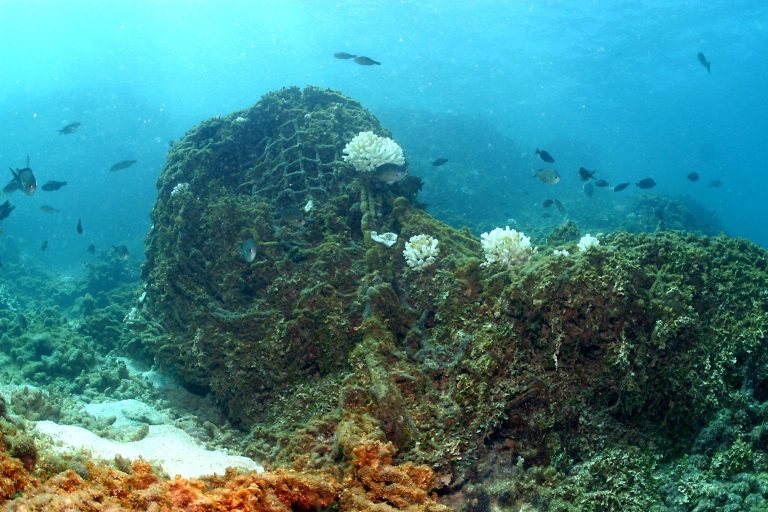
According to a University of British Columbia study, $22 billion (63 percent of all fishing subsidies) went toward grants that encourage overfishing. Its conclusion is that the main driver of overfishing lies in the manner with which government subsidies are allocated, even if the consumer temporarily gains from lower prices.
When we hear that a fish species is being depleted, we often believe that they can be found somewhere else. However, many, such as cod, tuna, halibut, and even lobster, are being pushed close to extinction, particularly by bycatching, which increases dramatically with overfishing.
Finally, overfishing creates waste in the supply chain. Approximately 20 percent of all fish in the United States are wasted as a result of overfishing. In the developing world, this rises to 30 percent thanks to a lack of available freezing devices.
A significant amount of fish at your local market or grocery store is also unlikely to be properly labelled. For example, only 13 percent of “red snapper” are actually the species indicated. Much of this is unintentional, but mislabelling can also be due to large-scale fishing efforts to pass off inferior products to unwitting customers.
So why is overfishing happening? Partly because of the “Wild West” situation that exists in international waters. Existing rules force many professionals to do their fishing “off the books” if they wish to turn a profit. Mobile processing, notably when fish are processed before even returning to port, is also responsible. Fish are canned while out at sea, increasingly taking up the fish consumption market at the expense of fresh fish.
The subsidies mentioned, including those provided by the European Union and the United States, mean that the more fish you catch, the more money you get, with no caps influenced by regulation of the environmental impact. Indeed, according to the World Wildlife Fund, subsidies drive illegal fishing, which is closely tied with piracy, slavery, and human trafficking.
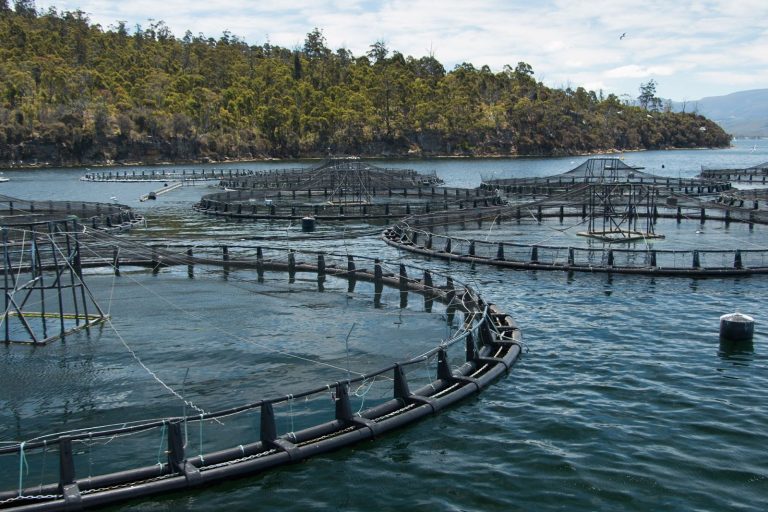
Fish Farms: A Form of Junk Food
Farmed fish was originally seen as a way of bringing fish onto our dinner tables while the wild stock replenished itself. It would also help communities impacted by overfishing find new ways to get income in an increasingly difficult market. Third World countries in particular would have their protein needs met in a manner that did not negatively impact the environment. It was considered a big, easy win for the entire world.
The reality turned out to be somewhat different. Crowding thousands of fish together in small areas away from their natural habitat has produced a number of detrimental effects. Waste products, primarily excrement, excess food, and dead fish, contaminate the areas around fish farms. What’s more, fish farms require pesticides and drugs thanks to the high concentrations of fish and the parasites and diseases they spread. Predictably, the chemicals used in fish farming tend to spread into the surrounding waters, eventually building up. In many cases, fish are farmed in areas that are already heavily polluted by contaminants such as mercury.
What’s more, “reduction” or “trash” fish require the same kind of treatment as the larger commercial fish. For example, it takes 26 kilograms of feed to produce a single kilogram of tuna, making farmed fishing an incredibly inefficient way of bringing food to market. Indeed, 37 percent of all seafood globally is now fed to farmed fish, up dramatically from 7.7 percent in 1948.
Perhaps worst of all, farmed fish simply do not have the same nutritional value as their wild counterparts. They lose almost all of the Omega-3 fatty acids that make fish such a prized part of the modern diet. Salmon, for example, is only healthy when caught in the wild. Farmed salmon is essentially a form of junk food. This is largely due to their farm diets, which are high in fat and use soy as a primary source of protein. This leads to the concentration of toxins in the fatty tissue of the salmon. Concentrations of the harmful chemical PCB are found in concentrations eight times higher in farmed fish than traditionally caught wild salmon.
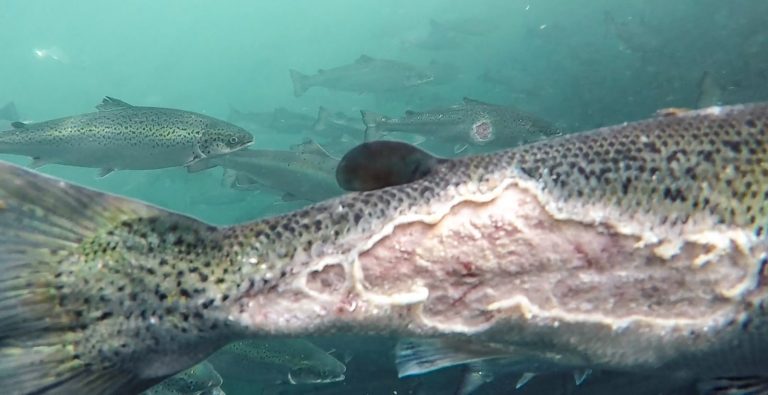
Pesticides are needed to control pests such as sea lice, which can eat a live salmon to the bone. Such scourges also quickly spread to the surrounding waters and infect wild salmon as well as their farmed counterparts. Furthermore, farmed fish often escape, become invasive, and compete with native species for resources.
Subsidies vary from country to country, and specific statistics about how many go to fish farms are generally not forthcoming. But fish farms effectively move the problem of overfishing from the oceans into more enclosed areas and thus fail to solve the issue. They create new problems with no less impact on the environment.
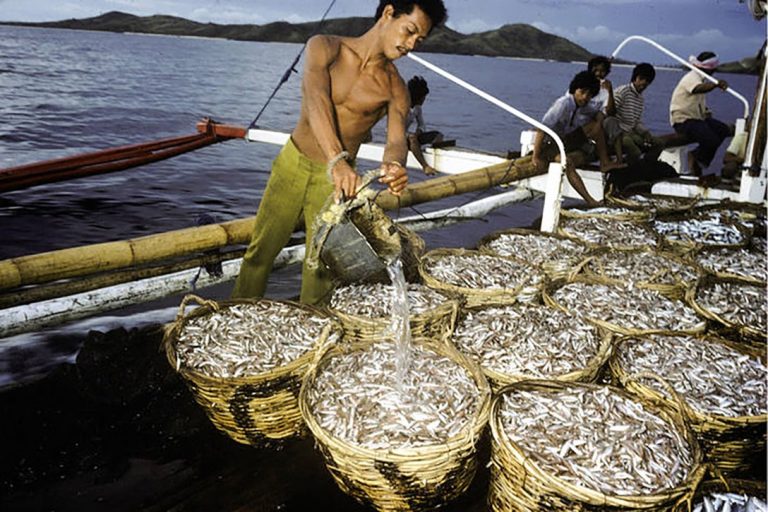
Which Countries Are Overfishing?
The main offenders tend to be in the developing world as well as parts of Asia. The United States is the only Western nation to be cited on the Big Six “shame list.” The list, however, only refers to overfishing with regard to bigeye and bluefin tuna. Nevertheless, it provides a snapshot of overfishing internationally. Collectively, these six countries took 111,482 metric tons of bigeye tuna in 2011 alone.
However, when it comes to harmful subsidies, there is one clear leader: China. The University of British Columbia study found that China provided more harmful subsidies encouraging overfishing than any other country on earth — $7.2 billion in 2018, or 21 percent of all global support. What’s more, subsidies that are more beneficial than harmful dropped by 73 percent.
The impact on developed nations is not just distant or abstract. In New England, for example, local economies during the 1990s collapsed from the overharvesting of cod. Once this happens, it is very difficult to reverse.
Because of overfishing, the Japanese are catching far less than they used to. So they are eating more imported fish than ever before. This creates a perverse situation. America exports most of its best salmon to other countries but consumes some of the worst farmed salmon in the world today.
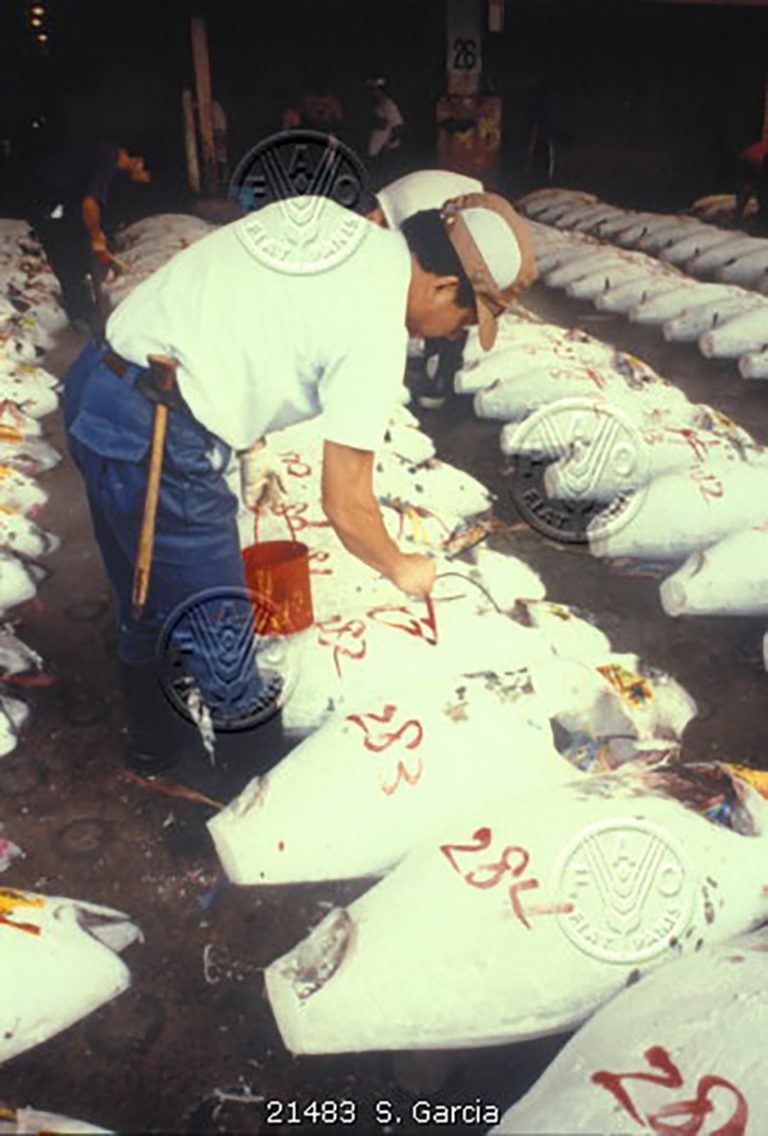
Just How Bad Is It?
Pacific bluefin tuna have seen a 97 percent decline in overall population, causing a profound impact on the ecosystem, given that it represents one of the most important predators in the ocean food chain. If it goes extinct the entire aquaculture will be irreparably disturbed.
The first fish that tend to disappear are the larger ones with longer lifespans and which reach reproductive age later in life. These are also the most desirable fish on the open market. When these disappear, destructive fishing operations do not leave the area: They simply move down the food chain to less desirable catches like squid and sardines. Known as “fishing down the web,” this slowly destroys the entire ecosystem, removing first the predator fish and then the prey.
There are broader effects on the ecosystem beyond just fish, and they resonate throughout the entire Atlantic and Pacific oceans. Many smaller fish eat algae that grows on coral reefs. When these become overfished, the algae grows uncontrolled and the reefs suffer as a result. That deprives many marine life forms of their natural habitat, creating extreme disruption in the ocean ecosystem.
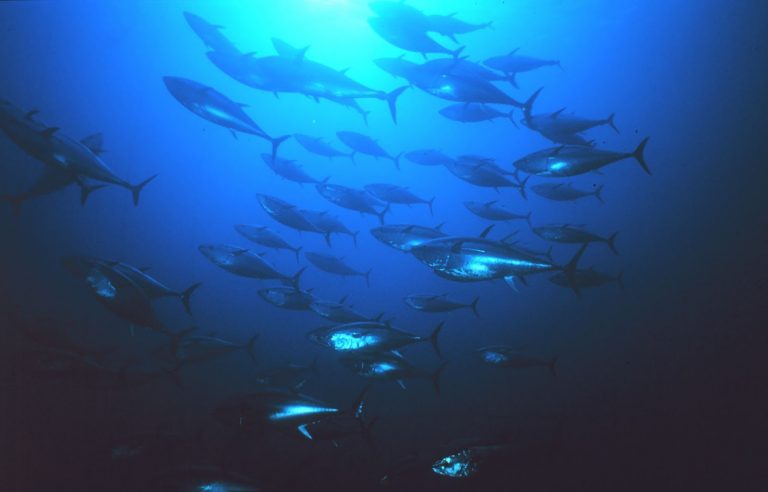
Alternatives to Government-Driven Overfishing
While there are certainly policy solutions to rampant overfishing, they may not necessarily come from governments. For example, there are emerging technological solutions that will make bycatching and other forms of waste less prevalent and harmful. Simple innovations based on existing technologies, such as Fishtek Marine, seek to save sea mammals from the nets of commercial fishermen while also increasing profit margins in a win-win scenario. Their device is small and inexpensive and does not present an undue burden to either the large-scale commercial fishing vessels or small-scale fishermen seeking to eke out a living in an increasingly difficult market.
We must also recognize that current regulations simply do not work. In one extreme case, governments restricted fishing for certain forms of tuna to three days a year. This did absolutely nothing for the population of tuna, as the big commercial fishing companies simply employed methods to harvest as many fish in three days as they were previously getting in any entire year.
This, in turn, led to a greater amount of bycatch and waste. Because the fishing operations didn’t have the luxury of time to ensure that they were only catching what they sought, their truncated fishing season prized quantity over quality with predictable results.
The Failure of Quotas
Quotas, specifically the “individual transferable quota” scheme used by New Zealand and many other countries, do not seem to work as intended.
First, quotas are transferable. This means that fishermen might consider it a better deal to simply sell their quota to a large commercial fishing operation rather than go to work for themselves. Quotas are also a source of waste.
Here’s how they work: A fishing operation is given a specific tonnage of fish from a specific species that they can catch. However, not all fish are created equal. So when commercial fishing operations look at their catch and see that some of it is of higher quality, they discard the lower-quality fish, generating large amounts of waste. Such discards can sometimes make up to 40 percent of the catch.
A possible alternative is one that balances the need for fish as a global protein source with a long-term view of the ecosystem. This means planning for as many fish tomorrow as there are today, thus producing a realistic, sustainable model for feeding the world and providing jobs. One way to do this would be to tie subsidies to conservation and sustainability efforts, rather than simply writing checks to large commercial fishing operations to build new boats and buy new equipment. Such a scheme would also prize smaller-scale operations over larger ones. A more diversified source of the world’s fish would prove far more resilient.
Another is based on territorial use rights in fisheries management (TURF). In this case, individual fishermen or collectives are provided with long-term rights to fish in a specific area. This means that they have skin in the game. They don’t want to overfish because to do so would deplete the stock necessary to produce their own future harvest. So they catch as many fish as is sustainable and no more. They have a vested, long-term interest in making sure that there is no overfishing in the fisheries allotted to them.
Not only does this make sustainable fishing more attractive, but it also means that there is less government bureaucracy and red tape involved. TURF fishermen are allowed to catch as much as they like. Sustainability is baked into the equation because the fishermen with rights want to preserve the fishing not just for the next year, but for the next generation and the one after that. This model has been used successfully by Chile, which provides a market-driven model that prizes small producers over massive, transnational conglomerates. Belize, Denmark, and even the United States have also used TURF, with significantly positive results.
While it’s nice to support the little guy over Big Fishing – and we certainly support sustainability and conservation efforts — there’s another, perhaps more important and direct reason to provide reforms designed to eliminate overfishing: food security. When bluefin tuna, for example, goes extinct, it’s not coming back. That’s a big deal for people in the West, but a much bigger deal in developing countries. When major protein sources are depleted forever, there will be intensified competition for those that remain. This also creates unrest in the countries that are less able to compete in a global market due to issues of capital and scale. Even if you’re not concerned with overfishing, the problems it creates will soon be on your doorstep unless corrective measures are taken before it’s too late.
